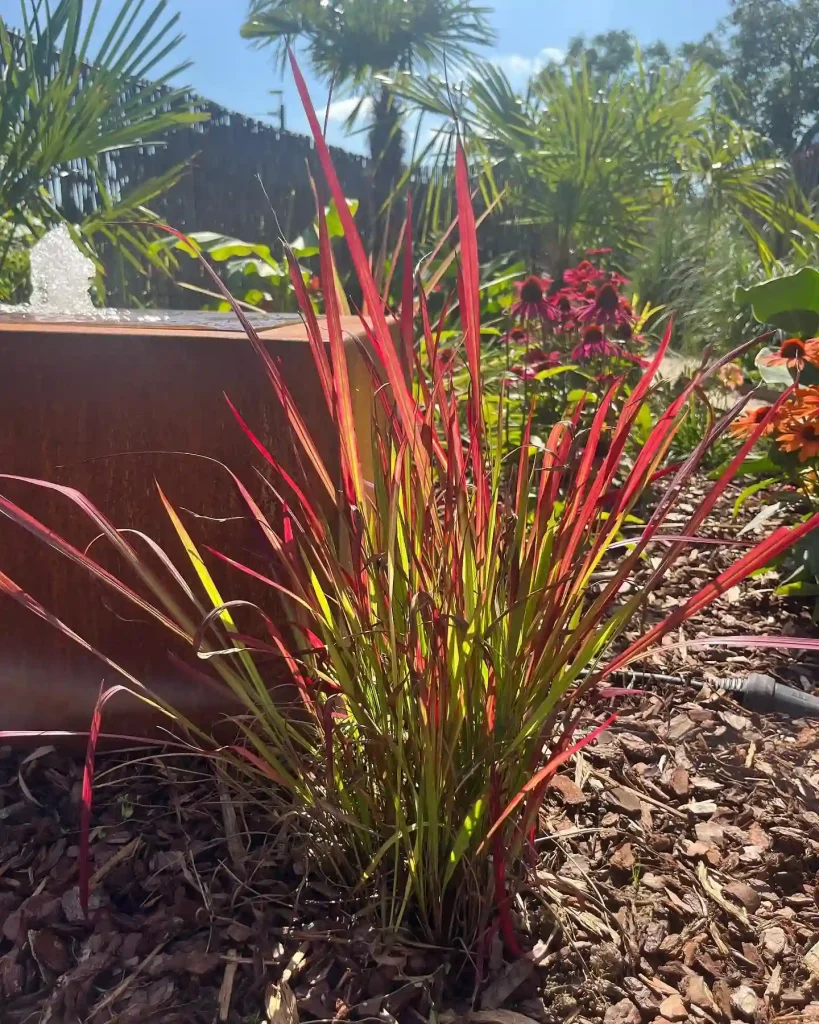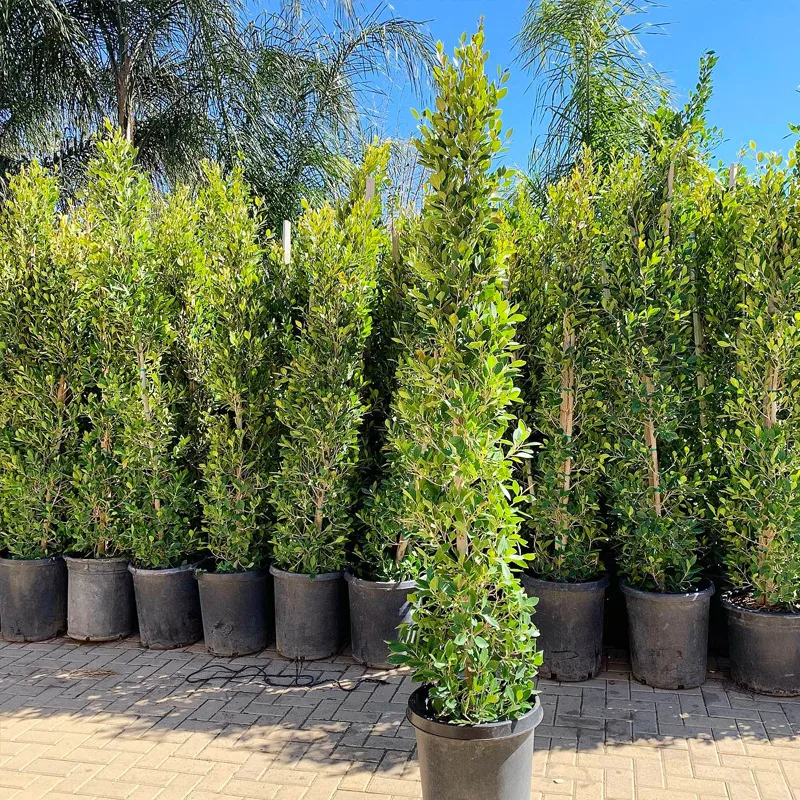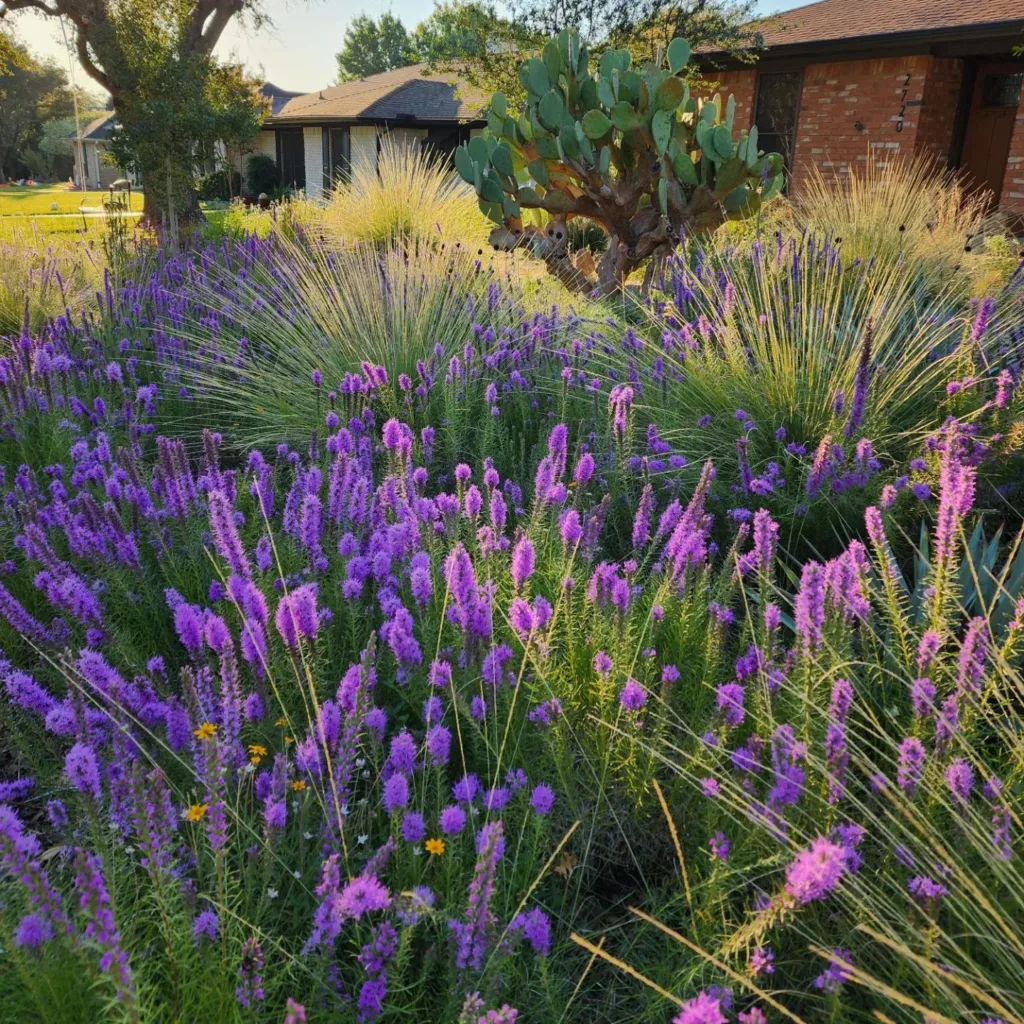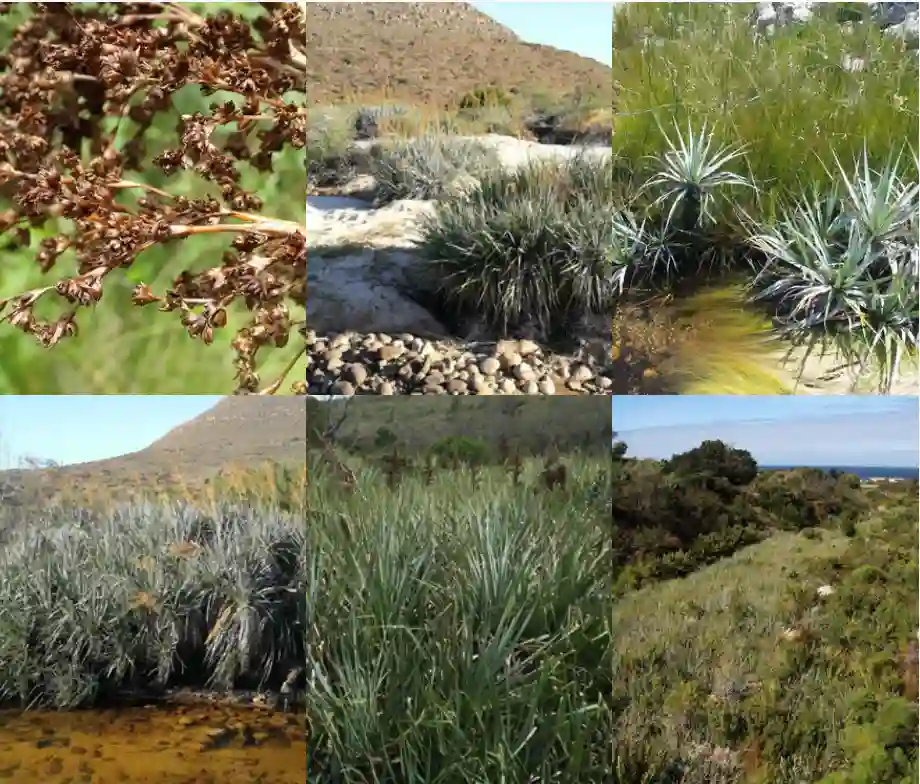A Water Lily Wonderland: My Fascination with Nymphaeaceae
As a nature enthusiast, I’ve always been captivated by the delicate beauty and serenity of water lilies. These aquatic plants, belonging to the Nymphaeaceae family, have a special place in my heart. From their vibrant colors and enchanting fragrance to their unique adaptations for life in water, they never cease to amaze me. In this article, I’ll delve into the fascinating world of the Nymphaeaceae family, sharing my personal experiences and insights along the way.
Unveiling the Nymphaeaceae Family
The Nymphaeaceae family, commonly known as the water lily family, is a group of flowering plants that thrive in aquatic environments. They are characterized by their large, floating leaves, often referred to as lily pads, and their stunning, fragrant flowers. These plants have evolved remarkable adaptations for life in water, such as specialized root systems and air-filled tissues that allow them to float and exchange gases.
The Genera of Nymphaeaceae
The Nymphaeaceae family encompasses a diverse range of genera, each with its own unique characteristics and charm. Let’s take a closer look at some of the notable genera within this family:
- Nymphaea: This genus, also known as the true water lilies, is the most well-known and widely distributed within the family. They boast a variety of colors, including white, pink, yellow, and even blue. – 69 Species in Genus Nymphaea
- Nuphar: Commonly called the spatterdock or yellow pond lily, this genus is known for its smaller, yellow flowers and its ability to thrive in colder climates.
- Victoria: This genus is famous for its giant water lilies, which can grow leaves up to several meters in diameter. Their enormous leaves and stunning flowers make them a sight to behold. – 3 Species in Genus Victoria
- Euryale: This genus is characterized by its prickly leaves and its unique, spiny fruits. It is native to Asia and is often cultivated for its ornamental value. – Euryale Ferox in Genus Euryale
- Barclaya: This genus is known for its submerged leaves and its relatively small, inconspicuous flowers. It is less common than other genera within the family but is still appreciated for its unique beauty.
My Personal Connection to Nymphaeaceae
My fascination with the Nymphaeaceae family began in my childhood. I vividly remember spending countless hours by the pond in my grandparents’ backyard, mesmerized by the water lilies that graced its surface. Their vibrant colors and delicate fragrance transported me to a world of tranquility and wonder.
As I grew older, my appreciation for these plants only deepened. I started to learn more about their biology, their ecological significance, and their cultural importance. I discovered that water lilies have been revered for centuries in various cultures around the world, symbolizing purity, rebirth, and spiritual enlightenment.
The Allure of Water Lilies
What is it about water lilies that captivates us so? Perhaps it’s their ability to transform an ordinary pond into a magical oasis. Or maybe it’s their resilience, their ability to thrive in challenging environments. Whatever the reason, there’s no denying the allure of these aquatic gems.
For me, water lilies represent a connection to nature, a reminder of the beauty and complexity of the natural world. They inspire me to slow down, to appreciate the simple pleasures of life, and to find peace in the present moment.
Conclusion
In conclusion, the Nymphaeaceae family is a treasure trove of natural beauty and wonder. From the iconic Nymphaea to the lesser-known Barclaya, each genus within this family offers its own unique charm. As a nature enthusiast, I’m grateful for the opportunity to share my passion for these plants with others. I hope that my words have inspired you to explore the fascinating world of water lilies and to discover their magic for yourself.
If i die, water my plants!



